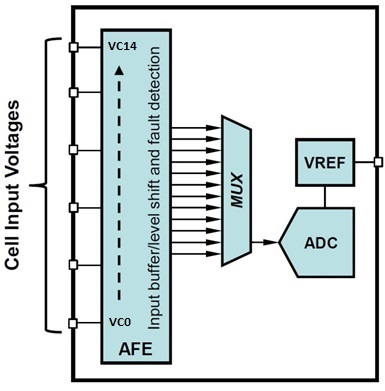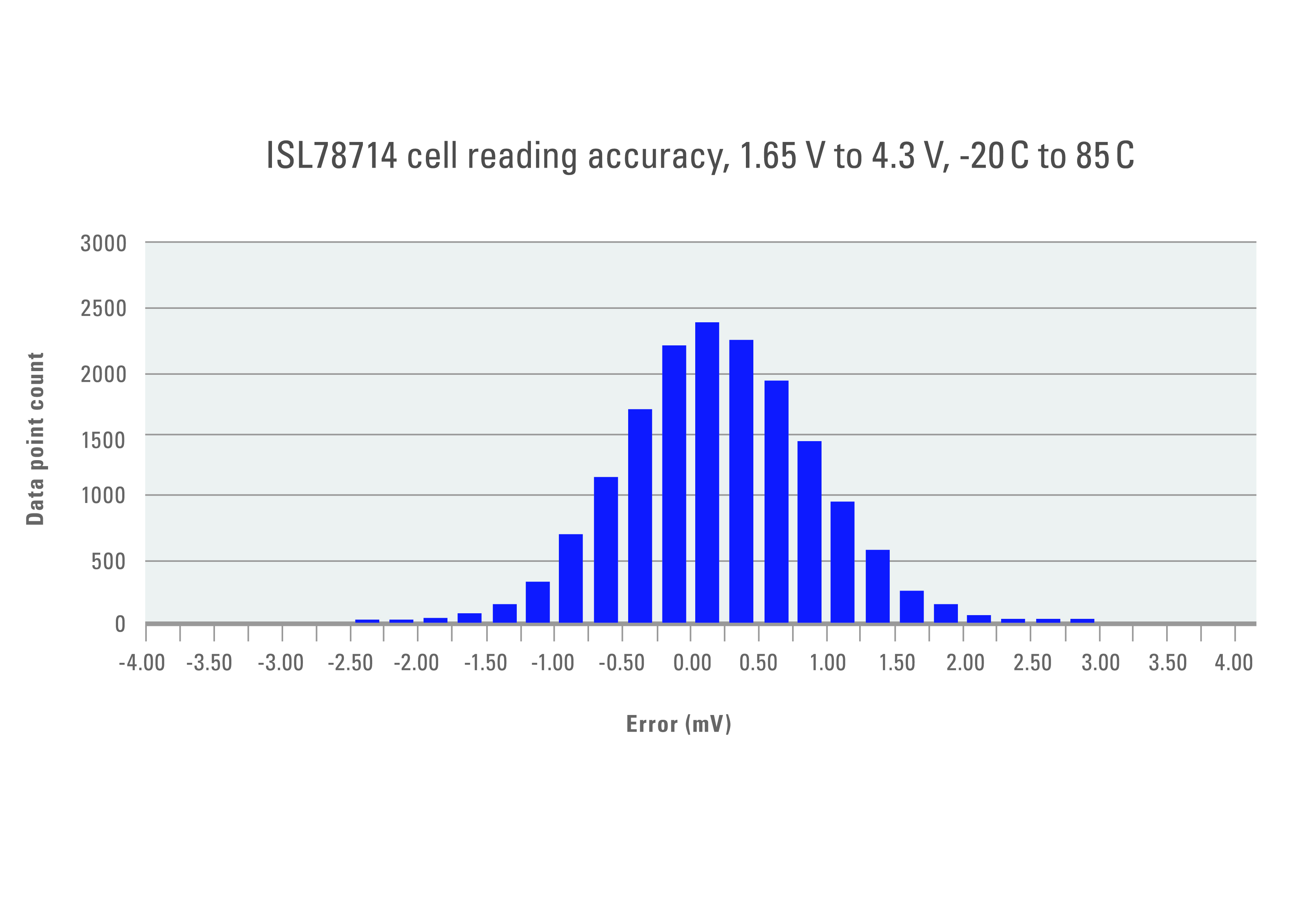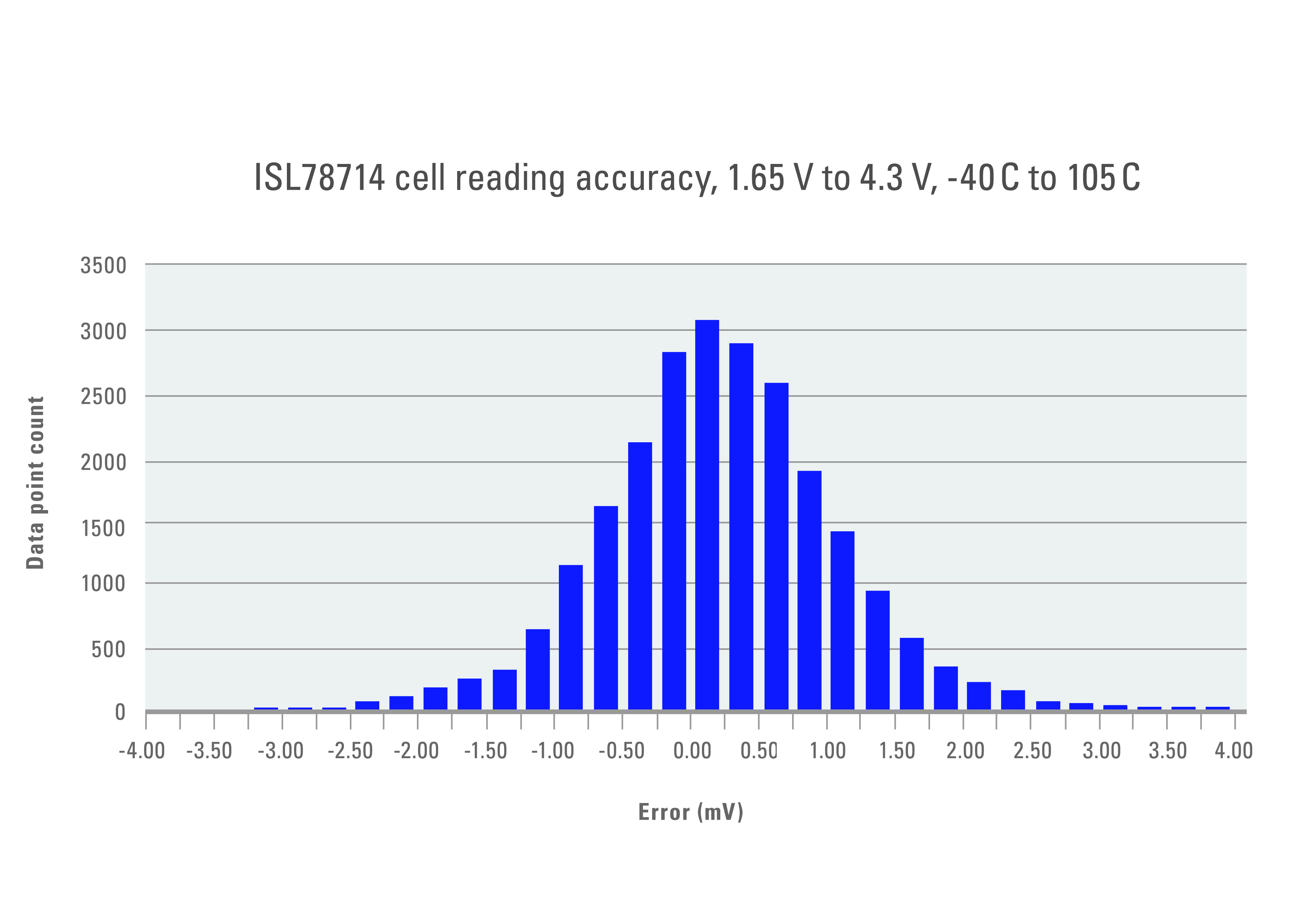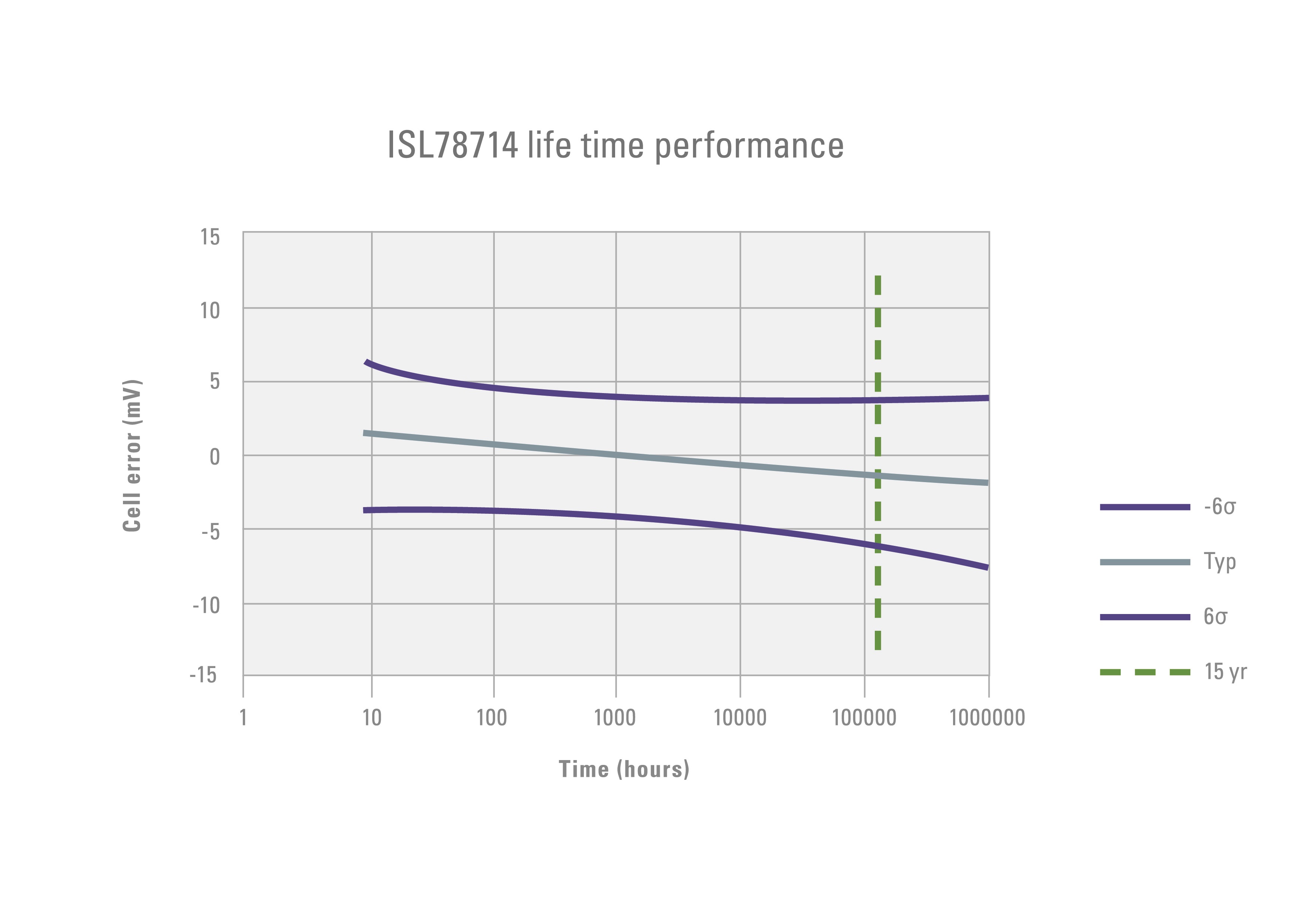Accurate cell measurement in battery management systems
Automotive battery management system (BMS) design has evolved as battery chemistry, reliability and technology have stabilised, writes Niall Lyne, senior product line director in the Automotive Business Unit at Renesas Electronics
Optimising BMS measurements achieves high performance in an electrically and environmentally hostile automotive setting. Designers still focus on cell measurement requiring mV and mA accuracy and time-synchronising these voltage and current measurements to calculate power.
The BMS must also assess validity of each measurement, as it needs to maximise data integrity and identify, differentiate and act on errors or questionable readings. BMS IC manufacturers have also evolved to provide the key architectures that meet comprehensive monitoring, stringent safety, reliability and performance requirements of electric vehicle (EV) BMS.
BMS IC selection today is also critical for boosting the lifespan of the battery packs, as batteries will degrade through normal operation. In operation, the battery pack state of health (SOH) accuracy allows the vehicle’s battery management electronics to make decisions about battery usage and power delivery to optimise the remaining life of the pack. A key element of battery management design is directly affected by the battery management IC’s ability to maintain its precision measurement accuracy over the vehicle’s service life. Any drift or instability in battery cell measurement directly influences the vehicles range and battery life, which in turn affects the vehicle manufacturer’s warranties and cost of ownership.
Battery lifetimes
Li-ion batteries which are used to power EVs typically offer eight to 10 years’ warranty. After that, batteries are considered inappropriate for automotive traction applications but may still have 80% of their original capacity. This will also assist, for the second-life use, where a used battery pack from an automobile can be passed on to other self-consumption battery applications with a specified remaining lifespan.
For automotive manufacturers, successful BMS implementation requires careful selection of the BMS IC at the outset of system design. This requires an understanding of the differences in measurement accuracy and stability between IC vendor offerings in a harsh EMI environment, with high voltage batteries and inverter noise, across the entire operating environment and life of the vehicle.
There are four important criteria for a good li-ion monitoring system. The most important is cell accuracy. This is important for battery cell types that have a flat discharge curve, e.g. a lithium-iron phosphate battery.
The next is thorough diagnostics. In addition to monitoring each cell’s state, the system must constantly run checks on its own functionality to ensure that every IC is operating at the expected accuracy.
Robust communication is vital. All parts of the monitoring system must co-ordinate their operation, and must communicate reliably. This requirement defeats most conventional communication methods in a noisy automobile environment.
The fourth criterion is safety. By managing the li-ion cells appropriately, the system avoids failures and safety issues. When faults do occur, the system must take appropriate controlled action, while avoiding false alarms.
Lithium-iron phosphate batteries benefit smaller packs due to their low internal impedance. These cell types make it necessary for system engineers to detect small changes in cell voltage as the battery discharges. Measuring these small cell voltage changes requires a sophisticated combination of analogue front end (AFE), accurate and stable voltage reference and precision ADC.
Elements in a multi-cell balancing IC
At the core of any BMS IC is a precision reference. There are various types of reference topologies. Bandgaps tend to be the most commonly used due to their optimal trade-off in accuracy versus die area, and accuracy across temperature. For example, the ISL78714 multi-cell li-ion battery manager IC uses a precision bandgap reference design that is suited to demanding automotive applications. The technology is stable, mature, well characterized, all key considerations when making vehicle battery-life calculations that directly influence a vehicle’s warranty and cost.
Another key functional block for measuring accuracy is the ADC, as the main cell voltage measurement block. Two of the most popular and commonly used types of ADCs are successive approximation register (SAR) and delta sigma. SAR has the faster sampling rate and offers high-speed voltage conversion and excellent noise immunity but it tends to require a larger die area. SAR ADCs also offer the best combination of data acquisition speed, accuracy, robustness and immunity to the effects of EMI.
Delta sigma ADCs typically require less die area than SAR versions and are relatively easy to implement. However, they tend to be slower as they use a decimation filter, which reduces the sample rate and data acquisition speed. Another consideration when implementing delta-sigma ADCs is the tendency to saturate when subjected to EMI, which may cause a delay (typically three full conversion cycles) in the accurate reporting of cell voltages.
The individual cells interface is managed by the AFE, which comprises input buffers, level shifters and fault detection circuitry. The AFE is key to handling hot plug transients when the cells are initially connected to the BMS. The BMS IC is designed with a differential AFE that enables negative input voltages (±5V) to be measured without affecting the adjacent cell measurements. This is advantageous in systems where bus bar interconnection is required. To improve robustness under transient conditions, an external low-pass filter is added to the cell voltage inputs.
Input filtering
The input filtering requirements have been optimised for maximum EMI and hot plug immunity, without compromising speed or accuracy. ICs that use a bipolar rather than charge coupled AFE can see accuracy and long-term drift substantially degraded by the component values selected for the external input filter (Figure 1).
 Figure 1: A simplified block diagram of the ISL78714 multi-cell li-ion battery manager
Figure 1: A simplified block diagram of the ISL78714 multi-cell li-ion battery manager
The combination of a stable and linear bandgap reference, SAR ADC and fully differential AFE gives a multi-cell li-ion battery manager fast data acquisition capability combined with robustness and precision accuracy. Rather than relying simply on the measured accuracy values when it leaves the factory, the BMS IC’s high accuracy is independently verified after mounting on a PCB. Figures 2a and 2b display accuracy over a range of cell voltages and temperatures, used to establish a system error budget for the vehicle’s service life.
 Figure 2: Readings collected from 30 BMS boards based on the ISL78714, tested 1,000 hours after assembly
Figure 2: Readings collected from 30 BMS boards based on the ISL78714, tested 1,000 hours after assembly

Careful examination and a detailed comparison should be made between each IC vendor’s datasheets, particularly in regard to accuracy, data acquisition speed and input filter requirements, including their effect on accuracy.
PCB layout and configuration
Soldering induces stresses across a PCB, which in turn flex the BMS IC in the x and y plane, resulting in sub-atomic stress in the silicon’s properties, which influences the IC’s behaviour. Any variation in characteristics has a direct effect on the accuracy of the ADC. IC designers make allowances for this by placing sensitive circuitry in the die areas less likely to be affected by soldering and other manufacturing stresses.
Alternatively, there are more expensive reference design techniques available, such as placing a separate reference die within the same IC package or using a separate discrete reference IC. Whichever IC technique is used, precision IC layout techniques and careful consideration for IC mounting and soldering profiles can help mitigate any issues.
BMS designers who, for example, follow the ISL78714’s recommended PCB layout guidelines and soldering reflow profiles, will see that the IC’s board level cell reading accuracy and long-term drift characteristics are both logarithmic and predictable. The IC’s long-term drift performance is obtained from laboratory testing at 25°C and accelerated life testing. Accuracy over life is a vector addition of initial board level accuracy and lifetime drift, e.g. sum mean values and RSS standard deviations (see Figure 3).

Figure 3: Initial board level cell error at ±6σ (post solder) vs lifetime
Optimising BMS design and understanding the underlying differences in measurements, schemes and topologies, and their interrelationship is critical in selecting the most appropriate BMS IC for an EV application.











